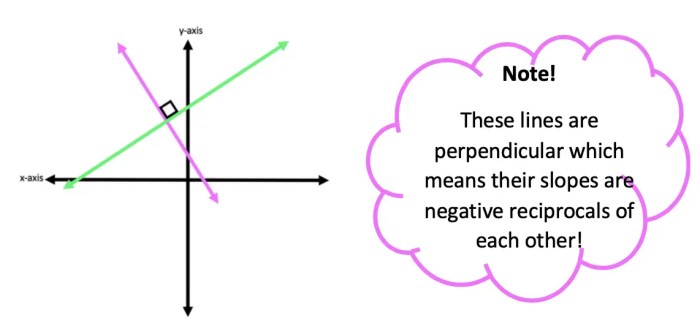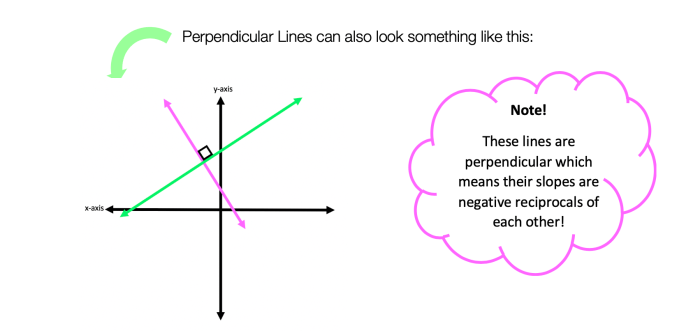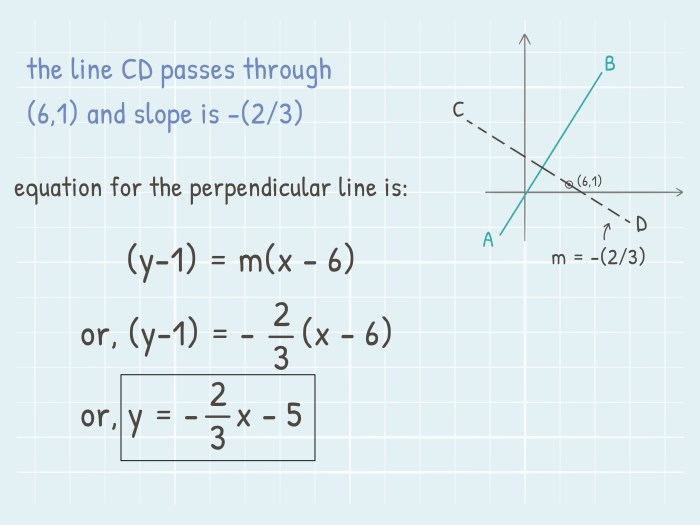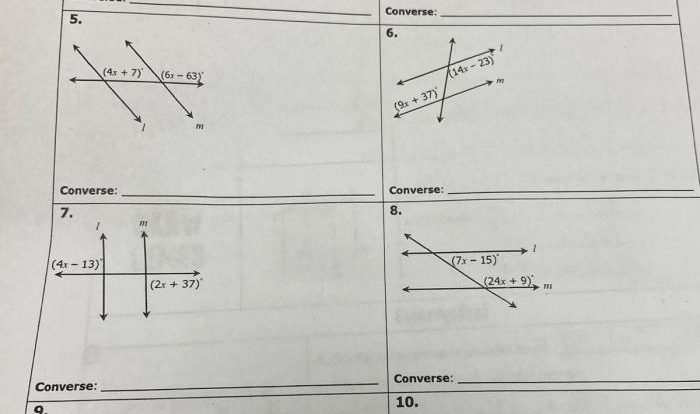Do dilations take perpendicular lines to perpendicular lines – In the realm of geometry, the concept of dilation and its impact on perpendicular lines presents a fascinating topic. Dilation, a transformation that alters the size of a figure while preserving its shape, plays a crucial role in understanding the relationship between perpendicular lines.
This exploration delves into the intriguing effects of dilation on perpendicular lines, examining how the distance between them changes and the implications for real-world applications. Mathematical proofs and geometric constructions provide a solid foundation for understanding the underlying principles.
Introduction

Dilation is a geometric transformation that enlarges or reduces a figure by a certain factor. Perpendicular lines are two lines that intersect at a right angle (90 degrees).
When a dilation is applied to a figure, the distance between any two points on the figure is multiplied by the scale factor of the dilation. This means that if a dilation has a scale factor of 2, then the distance between any two points on the figure will be doubled.
Effect of Dilation on Perpendicular Lines
When a dilation is applied to a figure, the distance between any two perpendicular lines on the figure will also be multiplied by the scale factor of the dilation. This is because the dilation will increase or decrease the length of each line by the same factor, so the angle between the lines will remain the same.
For example, if a dilation has a scale factor of 2, then the distance between any two perpendicular lines on the figure will be doubled. This is because the dilation will double the length of each line, so the angle between the lines will remain 90 degrees.
Applications of Dilation
Dilation is used in a variety of real-world applications, including:
- Enlarging or reducing maps
- Creating scale models of objects
- Designing buildings and other structures
In each of these applications, dilation is used to change the size of a figure while preserving its shape. This makes dilation a valuable tool for architects, engineers, and other professionals who need to create accurate representations of objects.
Mathematical Proofs
There are several mathematical proofs that support the relationship between dilation and perpendicular lines. One of the most common proofs uses the concept of similarity.
Two figures are similar if they have the same shape but not necessarily the same size. When a dilation is applied to a figure, the resulting figure is similar to the original figure. This is because the dilation does not change the shape of the figure, only its size.
Since similar figures have the same shape, they also have the same angles. This means that if two lines are perpendicular in the original figure, they will also be perpendicular in the dilated figure.
Geometric Constructions
Dilation can be used to construct perpendicular lines. One way to do this is to use a compass and straightedge.
To construct a perpendicular line using a compass and straightedge, follow these steps:
- Draw a line segment.
- Place the compass on one endpoint of the line segment and draw an arc that intersects the line segment at two points.
- Place the compass on the other endpoint of the line segment and draw another arc that intersects the first arc at two points.
- Connect the two points where the arcs intersect. This line will be perpendicular to the original line segment.
Advanced Concepts, Do dilations take perpendicular lines to perpendicular lines
Dilation is related to other geometric transformations, such as translation, rotation, and reflection. These transformations can be combined to create more complex geometric patterns.
Dilation is also used in non-Euclidean geometry. In non-Euclidean geometry, the rules of Euclidean geometry do not apply. This means that the relationship between dilation and perpendicular lines may be different in non-Euclidean geometry.
FAQ Resource: Do Dilations Take Perpendicular Lines To Perpendicular Lines
What is dilation?
Dilation is a geometric transformation that increases or decreases the size of a figure while maintaining its shape.
How does dilation affect the distance between perpendicular lines?
Dilation preserves the perpendicularity of lines, meaning that if two lines are perpendicular before dilation, they remain perpendicular after dilation.
What is the relationship between the scale factor and the change in distance?
The scale factor of a dilation is the ratio of the length of the dilated figure to the length of the original figure. The change in distance between perpendicular lines is proportional to the scale factor.




